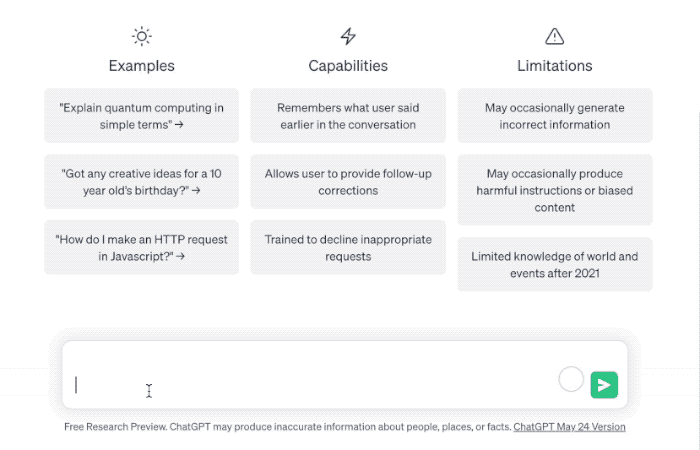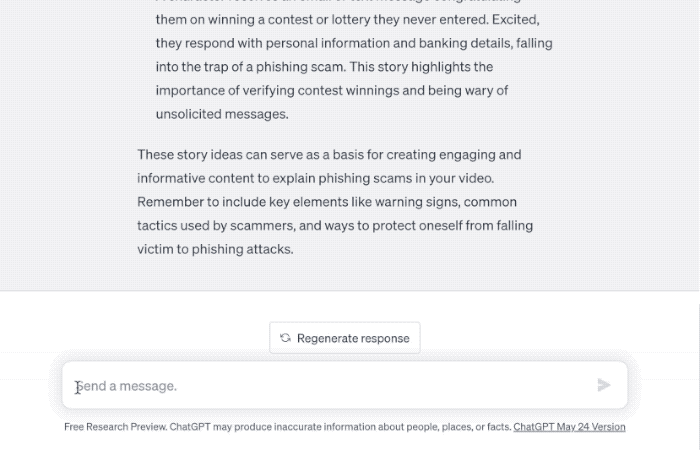This article was published in an issue of the Common Craft Newsletter. Subscribe here.
I believe AI chatbots, like ChatGPT, will become a part of most white-collar work. Whether you are an accountant, architect, or attorney, artificial intelligence will soon become part of your work and for some, a competitive advantage. Those who choose to experiment may find that AI can take their work to new and more efficient levels.
Tools like ChatGPT can play a valuable role in creating explainer videos. How? By helping you through one of the most difficult phases in the creative process: establishing a creative direction.
It's a common challenge. You have the idea and the major points for a video, but packaging the information can seem like a hurdle. Do you tell a story? Use an analogy? A walk-through? Is it a first-person narrative? What about visuals?
ChatGPT is an amazing tool for identifying a creative direction. With a few requests, it can generate examples and ideas that may never occur to you otherwise. Let's look at some examples:
ChatGPT Examples
I asked ChatGPT (free version 3.5) for 5 story ideas for explaining phishing scams.
"I want to create a video that clearly explains phishing scams. Please provide 5 ideas for short stories."
Here's what it generated in seconds:

See the full version of these results
This is the spark. ChatGPT easily provides titles and directions for a new video. If you don't like these ideas, you can ask for five more.
Let's take this a step further. I like story idea #1: "The Suspicious Email" and want an example script. So, I ask it:
"Let's focus on #1. Write a 300-word script for this story. Include a person named Chris."
Here are the results:

See a full version of these results
This is only a taste of what is possible. In this way, ChatGPT is a creative partner. It can get you down the creative road much faster than you can brainstorm. It can surface ideas and directions that aren't obvious.
Of course, ChatGPT has limits. It may be inaccurate or biased. It doesn't know your audience or situation. That's why it's a partner. You are required to evaluate, redirect and edit what it provides. You are required to shape it for your audience and include what you feel is important. You are the flame.